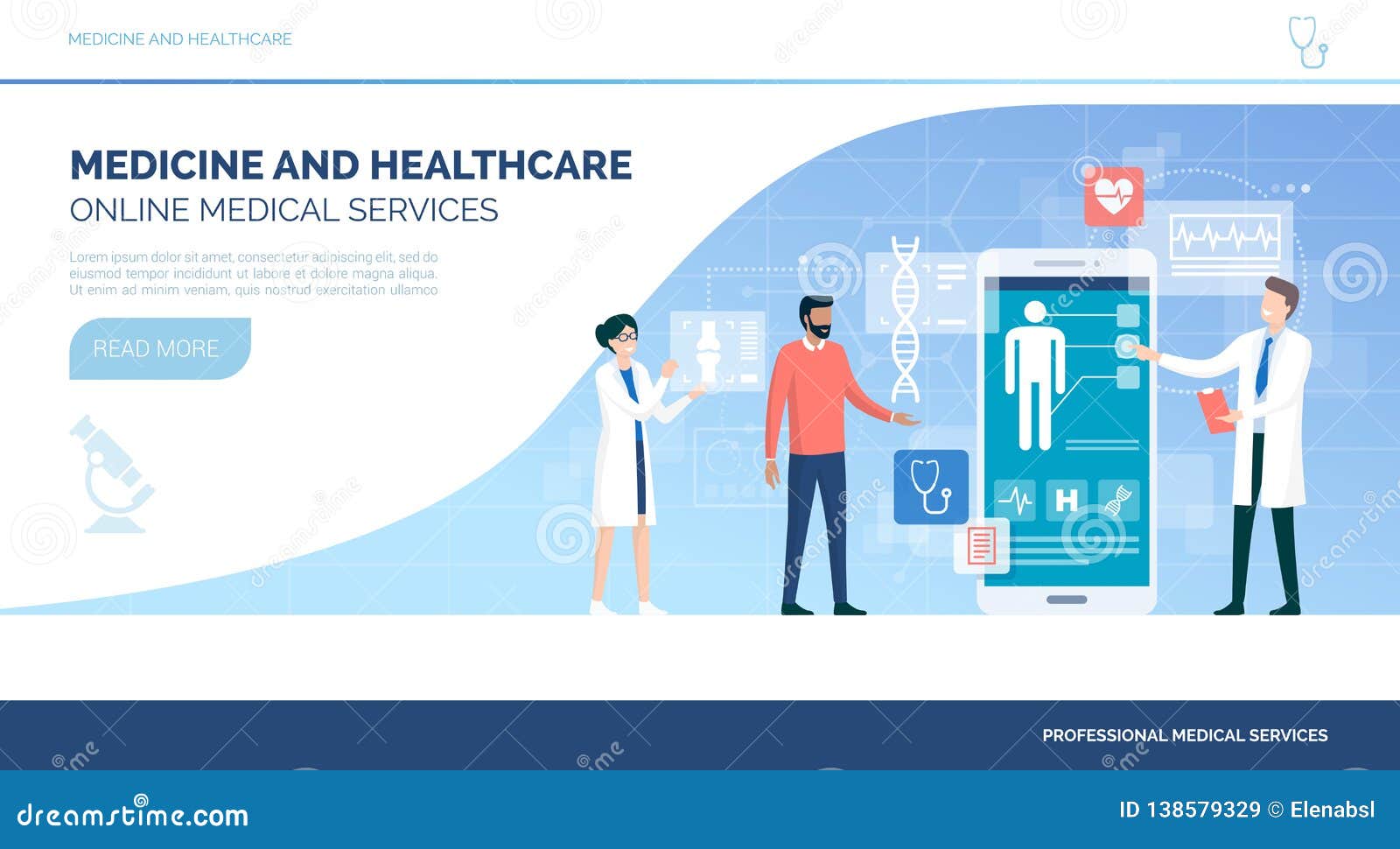Subscription Based Healthcare: Changing the Method We Consider Health
Subscription Based Healthcare: Changing the Method We Consider Health
Blog Article
Recognizing the Cost-Effectiveness of Subscription-Based Health Care Versions
As the healthcare landscape progresses, subscription-based models emerge as an engaging option, assuring to redefine how individuals take care of medical costs. Reviewing these models' cost-effectiveness requires a nuanced comparison with standard insurance policy, considering both monetary effects and patient fulfillment. While they supply transparency and predictability in expenses, inquiries continue to be about their capability to satisfy varied medical care requirements, particularly for specialized therapies. The viewpoints of doctor additionally complicate this formula, offering a complex challenge. What does the future hold for these designs, and can they genuinely provide on their pledge of obtainable, budget friendly care?
Summary of Subscription-Based Models
Subscription-based medical care versions, occasionally described as direct health care or attendant medicine, are progressively getting interest as a potential remedy to inadequacies within standard healthcare systems. These versions operate the concept of offering individuals direct accessibility to doctor through a annual or month-to-month fee, bypassing the demand for traditional insurance policy systems. This arrangement intends to enhance patient-provider interactions by lowering administrative worries, which commonly hinder personalized and prompt care.
At the core of subscription-based designs is the emphasis on a much more personalized individual experience. Patients profit from enhanced access to their medical professionals, typically consisting of same-day or next-day consultations, extended appointment times, and direct communication networks such as phone or video clip telephone calls. This model promotes a proactive method to medical care, where patients and carriers can collaboratively concentrate on preventative care and chronic condition management.

Cost Comparison With Typical Insurance

One of the primary monetary advantages of membership designs is transparency in expenses. Clients pay a predictable charge, which can simplify budgeting and financial planning. Additionally, these models generally eliminate co-pays and deductibles for covered services, minimizing out-of-pocket investing. Conversely, traditional insurance may be extra beneficial for individuals needing specialized care or costly treatments not covered under a subscription version, as they gain from the more comprehensive protection network and cost-sharing systems.
However, cost-effectiveness is context-dependent. While registration designs could provide financial savings for those mostly requiring medical care, individuals with persistent conditions or specialized health care demands may locate conventional insurance policy much more thorough. Evaluating certain medical care requirements and potential usage is critical look at this website in determining the most economical alternative for people.
Effect On Client Contentment
Person contentment within subscription-based health care designs typically reflects a significant renovation over typical insurance coverage systems. Unlike conventional systems, where clients might experience hold-ups in getting care, subscription-based versions make sure more timely and direct communications with health care service providers.
Moreover, the openness in expenses associated with subscription-based medical care minimizes the common frustrations connected to unforeseen fees and complicated billing procedures seen in conventional insurance (subscription based healthcare). Patients appreciate knowing the exact financial dedication upfront, causing enhanced depend on and confidence in their healthcare monitoring
Additionally, the focus on preventive treatment and health in membership versions adds to boosted health end results, further improving patient fulfillment. By focusing on continuous wellness maintenance as opposed to anecdotal care, clients experience an even more holistic and constant health care trip.
Furthermore, the enhanced provider-patient partnership cultivated in these models, defined by even more time invested per patient and customized interest, plays a crucial role in raising individual satisfaction levels, as clients feel really looked after and recognized.
Service Provider Point Of Views and Experiences
From the copyright's viewpoint, subscription-based healthcare models provide a transformative technique to providing clinical solutions. These designs highlight a preventative and positive medical care method, permitting carriers to concentrate on thorough person treatment without the restraints of standard fee-for-service plans (subscription based healthcare). This change in focus typically leads to improved patient outcomes and raised copyright contentment, as medical care experts can designate more time and resources to person involvement and customized care strategies
In addition, membership designs facilitate foreseeable profits streams, which improve financial security for health care companies. This predictability permits improved source planning and appropriation, adding to a more reliable health care delivery system. Providers can purchase personnel modern technology, facilities, and training improvements, consequently enhancing the high quality of care used.
However, the shift to subscription-based designs is not without difficulties. Regardless of these hurdles, numerous companies locate get more that the advantages of increased individual communication and structured procedures surpass the first challenges, making subscription-based models an attractive choice.
Future Leads and Challenges

A main challenge is regulatory conformity, as membership models have to adhere to developing medical care plans and insurance coverage requirements. This demands constant adjustment and advancement to guarantee placement with lawful standards. In addition, integrating these designs into existing medical care facilities can be intricate, needing significant investments in innovation and training.
There is also the possible risk of developing inequities in health care accessibility, as my site membership versions might prefer those that can afford them, leaving prone populations underserved. Addressing this calls for thoughtful consideration of rates strategies and subsidy devices to make certain inclusivity.
Final Thought
Subscription-based health care designs provide a feasible alternative to conventional insurance coverage by using monetary predictability and openness, especially benefiting individuals with chronic conditions or frequent health care requirements. The cost-effectiveness of these models is contingent upon individual healthcare usage patterns and circumstances.
Subscription-based healthcare models, sometimes referred to as straight key treatment or concierge medicine, are increasingly gaining focus as a possible option to ineffectiveness within conventional healthcare systems. Unlike traditional systems, where people could experience delays in receiving treatment, subscription-based versions make sure more timely and straight communications with health care companies.
These models stress a aggressive and preventative healthcare approach, enabling service providers to concentrate on detailed client treatment without the restrictions of traditional fee-for-service setups. As these designs proceed to get traction, they use the potential to change individual access to care, enhance service distribution, and optimize medical care spending.Subscription-based medical care designs provide a viable option to traditional insurance coverage by offering monetary predictability and openness, especially profiting individuals with chronic problems or frequent health care demands.
Report this page